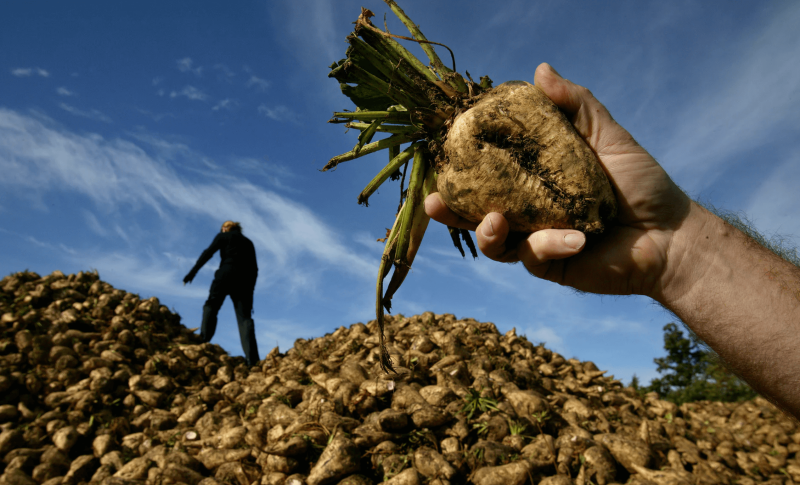Following the partial neonicotinoid ban on flowering crops in 2013, the latest restriction which was voted on earlier this year, will prevent the use of three neonicotoids – clothianidin, imidacloprid and thiamethoxam – on all outdoor crops.
…
In 2018, 99 per cent of UK sugar beet crops were protected with a neonicotinoid seed treatment, preventing yield losses of up to £51 million in a high risk year, according to BBRO senior researcher, Dr Mark Stevens.
…
The three main targets for the neonicotinoid seed treatments are virus-carrying aphids; soil pests -such as wireworm and the soil pest complex; and the first generation of leaf miners.
While pyrethroids used to have activity against aphids, widespread resistance means that there are now no foliar insecticides registered for use in sugar beet. “90 per cent of aphids are resistant to pyrethroids and carbamate, so we don’t have another solution beyond neonicotinoids.”
One of the main concerns post-neonicotinoids is the risk of virus yellows – a disease which is already capable of reducing sugar beet yields by up to 49 per cent, according to Dr Stevens.
Because of the country’s maritime climate, he believes the whole of the UK sugar beet area would be at risk from virus yellows.
Read full, original post: Sugar beet industry braces itself for neonics loss































